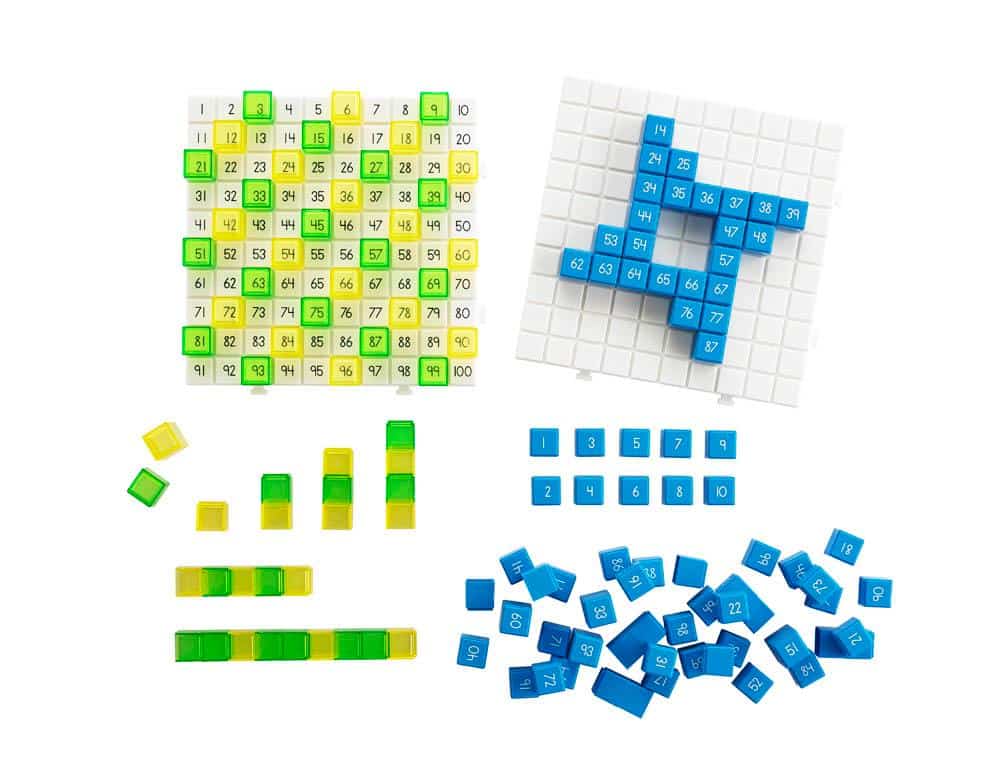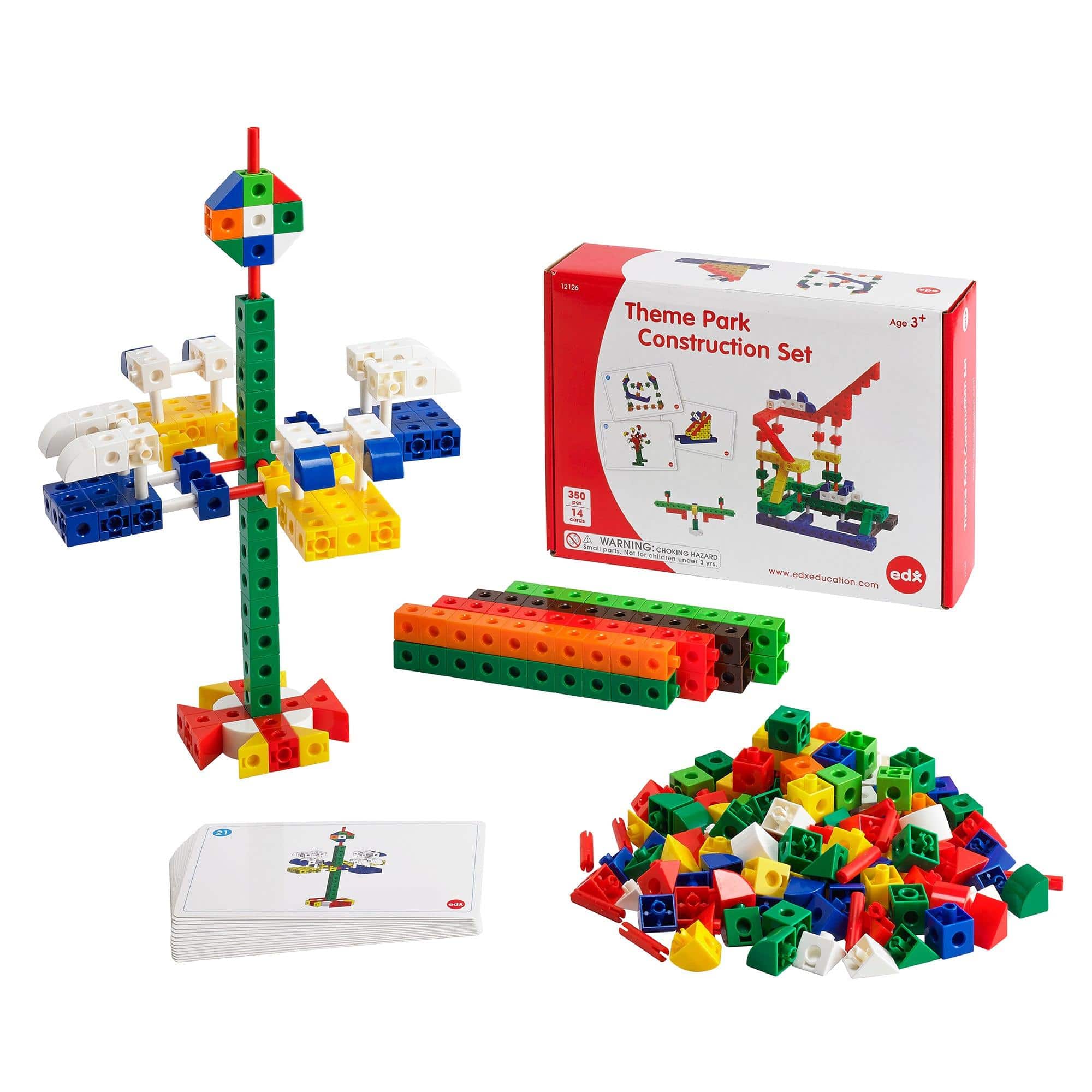The Psychology behind Childhood Attachment to Cuddle Toys
The Significance of Cuddle Toys in Childhood
Childhood is a crucial phase of human development, where emotional connections and attachments play a vital role in shaping one’s personality and emotional well-being. One of the common aspects found in many children’s lives is their attachment to cuddle toys. These soft, lovable playmates hold much more significance than meets the eye. Let’s explore the psychology behind childhood attachment to cuddle toys.
Importance of Comfort and Security
Cuddle toys provide children with a sense of comfort and security. They become constant companions, offering solace during times of stress or anxiety. This attachment to cuddle toys is often a result of the child’s need for emotional support and affection when their parents or primary caregivers are not present.
Features of Cuddle Toys:
- Soft and huggable: Cuddle toys are designed to be soft and huggable, providing a tactile sensory experience that promotes a sense of warmth and comfort.
- Appealing aesthetics: Cuddle toys come in various shapes, sizes, and colors, often resembling animals, cartoon characters, or imaginary creatures. These aesthetic features help children form a connection with their chosen toy.
- Familiar scent: Over time, cuddle toys may acquire a familiar scent, be it from the environment or the child themselves. This scent becomes an additional source of comfort, reminding the child of safety and familiarity.
- Portable and lightweight: Cuddle toys are often designed to be easily carried around by children. This portability allows them to bring their comforting companion wherever they go, creating a sense of continuity and stability in new or unfamiliar environments.
- Safe and durable: Parents and caregivers prioritize safety when choosing cuddle toys for children. These toys are made with child-friendly materials, ensuring durability and reducing the risk of harm.
Emotional Bond and Self-Expression
Children form emotional bonds with cuddle toys. These toys become vessels for expressing their emotions and imagination. Through imaginative play, children project their desires, fears, and hopes onto their cuddle toys, creating a sense of empathy and understanding. This emotional bond enables children to explore their feelings in a safe and nurturing environment.
Nurturing and Developing Social Skills
Cuddle toys serve as an outlet for children to practice their nurturing instincts and develop essential social skills. By taking care of their cuddle toys, children learn responsibility, empathy, and unconditional love. This nurturing behavior also translates into their relationships with humans, as they learn to care for and understand the needs of others.
Transitioning and Letting Go
As children grow older, they naturally begin to transition away from their attachment to cuddle toys. This transition is a significant milestone that reflects their increasing independence and emotional maturity. While some children may easily let go of their cuddle toys, others may struggle with this emotional separation. Parents can support this process by encouraging alternative ways for children to cope with their emotions and providing reassurance during this transition.
In Conclusion
The psychology behind childhood attachment to cuddle toys revolves around the emotional needs and developmental stages of children. These soft, lovable companions provide comfort, security, and a platform for emotional expression. Understanding and supporting a child’s attachment to their cuddle toys can contribute positively to their emotional well-being and growth.


